Best Short-Term Rental Channel Manager in Australia: How to Choose
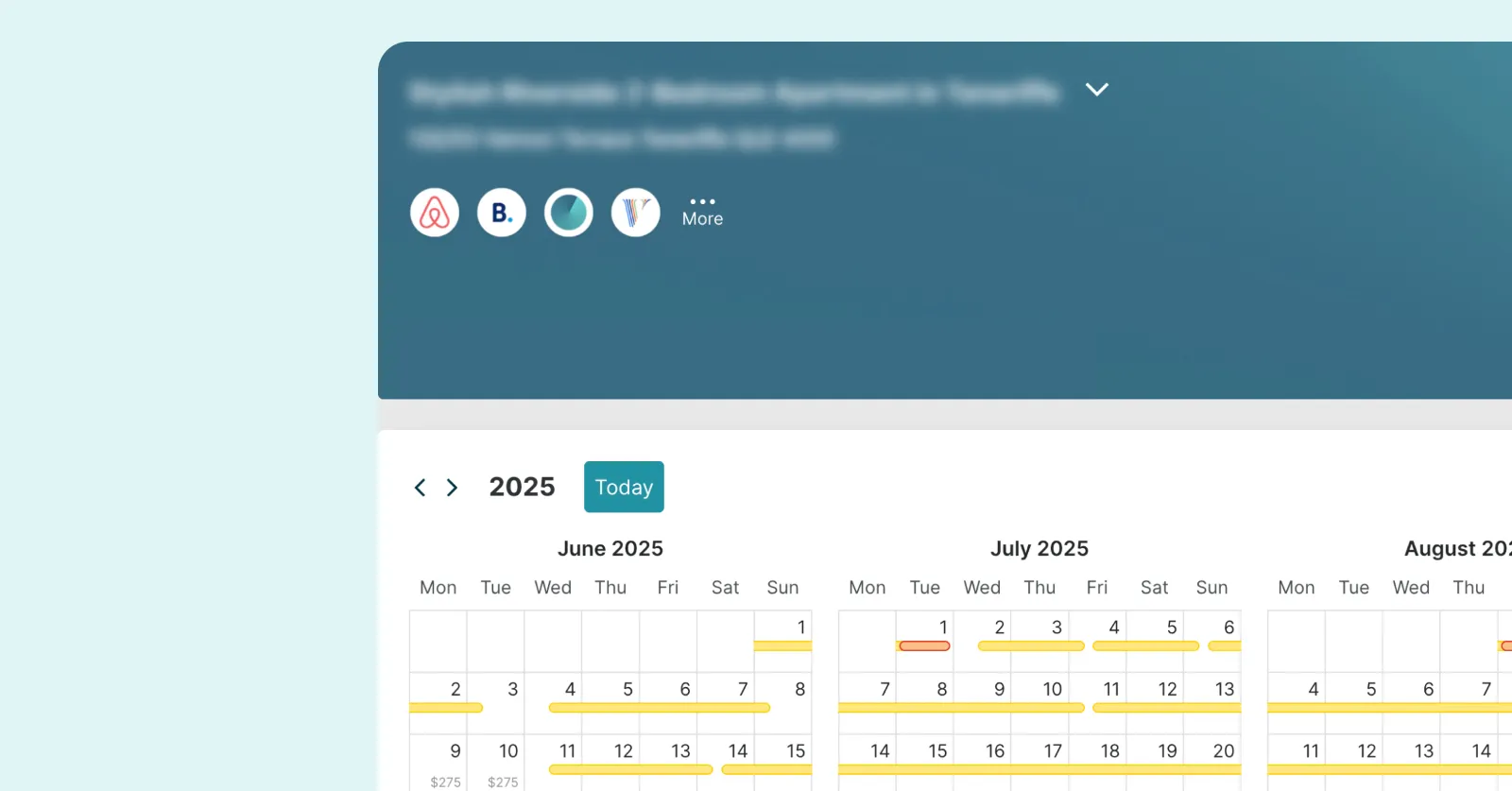
Owning a short-term rental in Australia now means juggling revenue, regulations and guest experience across multiple platforms. The right technology can lift occupancy and protect your compliance; the wrong one can cause double bookings, delistings and missed income. If you’re deciding between a channel manager, a full property management system (PMS) or outsourcing to a professional Airbnb manager like MadeComfy, this guide breaks down what to use, when—and how to choose with confidence.
Below, you’ll find the must-have features for Australian hosts, the revenue tech that actually moves the needle, a simple ROI model, a vendor checklist, and guidance for owners with one, several or larger multi-state portfolios.
Channel Manager, PMS or Professional Airbnb Management? Defining the Choice
A channel manager is the simplest starting point. It connects your listing to Airbnb, Booking.com and Stayz via API to keep availability and rates aligned. It suits hands-on hosts who still manage pricing, guest communication, cleaning and compliance themselves.
A property management system (PMS) adds operational depth—housekeeping schedules, maintenance workflows, owner statements and trust accounting—making it valuable once you manage multiple properties or take payments outside Airbnb’s payout system.
A full-service manager like MadeComfy provides an end-to-end solution: guest support, cleaning and linen, dynamic pricing, distribution across multiple OTAs, and full regulatory setup. In Australia, that’s crucial. NSW requires STRA registration and a Fire Safety Standard for short stays (with a 180-night cap for non-hosted properties in Greater Sydney), while Victoria’s 7.5% short-stay levy begins on 1 January 2025. If you collect guest funds directly, you may also trigger trust account and audit obligations. A PMS with compliant trust accounting or a licensed professional manager like MadeComfy ensures full compliance without risk.
Avoid iCal-only setups—API connections update in real time and drastically reduce double-booking risk.
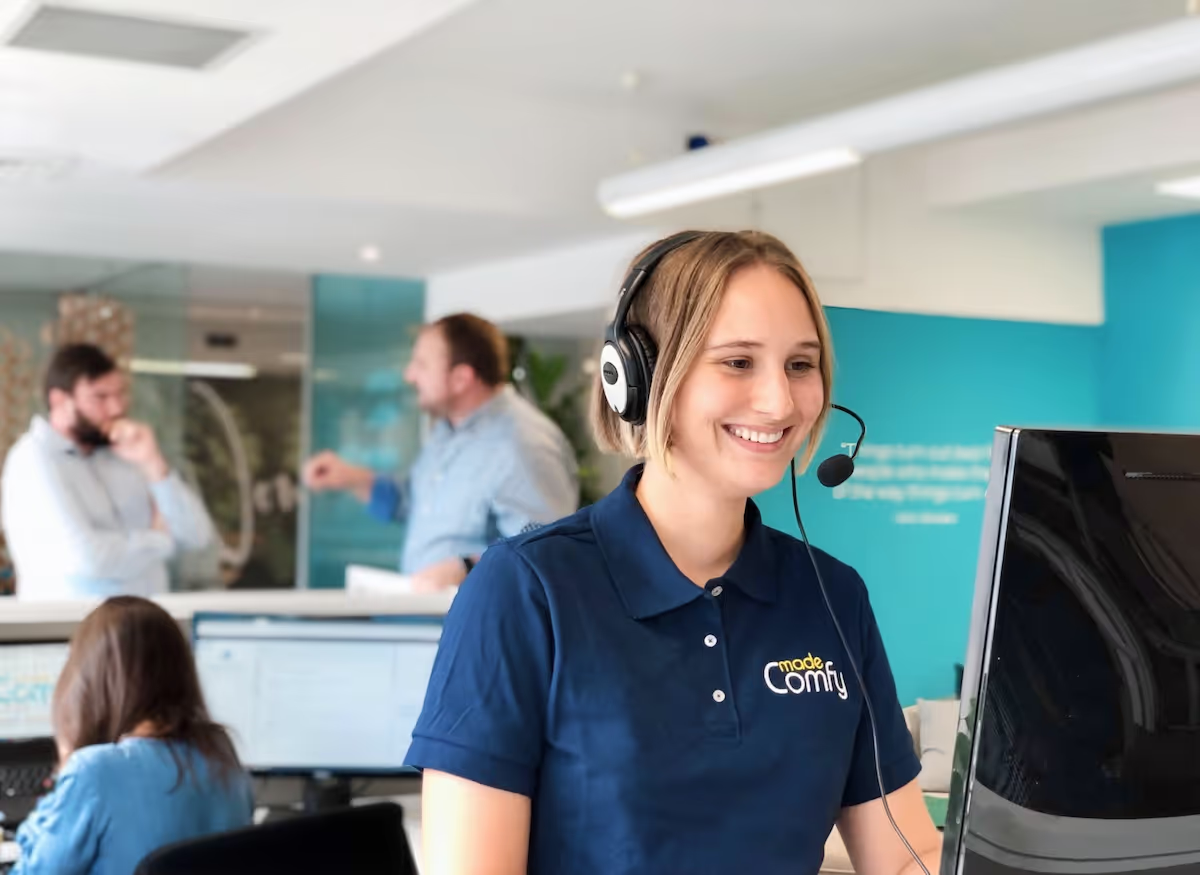
What “Best” Looks Like in Australia: Must-Have Channel Manager Features
Insist on certified 2-way API integrations with Airbnb, Booking.com and Vrbo/Stayz that sync availability, rates, content, fees and house rules in real time. iCal-only syncing is slow to refresh and can cause pricing drift and double bookings.
Your software should also handle compliance: capture and push your NSW STRA registration ID to each platform and respect night caps automatically.
If you’re licensed or handle guest funds, state laws require trust accounting with monthly reconciliations and annual audits. Look for:
- Audit-ready trust ledgers
- Split owner/manager payouts
- End-of-month statements with Xero integration
- GST coding and BAS exports (for incomes above the $75,000 GST threshold)
- Ability to apply state levies like Victoria’s 7.5% short-stay tax from 2025
Centralised, API-based guest messaging helps maintain response metrics and provides a compliance trail. PCI-compliant AU payment gateways should support bonds, automated refunds and itemised pricing that meet Australian Consumer Law.
The Revenue Tech Stack That Matters
With new levies and rising costs, margins are tightening. Victoria’s 7.5% levy and Brisbane’s 50% council rates surcharge make dynamic pricing essential. Tools like PriceLabs or Beyond let you automate rates, stay discounts and channel-specific fee markups so you stay profitable without manual recalculations.
Compliance impacts yield, too. NSW’s 180-night limit for non-hosted properties in Greater Sydney (and 60 nights in most of Byron Shire) means your software must push STRA data to all OTAs and support minimum-stay and gap-fill pricing logic to maximise RevPAR.
Regulatory compliance also ties to guest quality. The NSW STRA Code of Conduct allows host or guest bans for up to five years, and QLD councils require 24/7 contacts and proactive noise monitoring. Build in guest screening, ID checks, smart locks, and noise sensors to protect your property and insurance.
Automated cleaner scheduling and inspection workflows help maintain standards and prevent review issues—something MadeComfy already systemises within its national network of professional cleaning partners.
Total Cost and ROI: DIY vs Professional Management
Running your own setup costs around $30–$80 per property per month for software, plus extra for pricing tools and messaging. But factor your time. Even 8–10 hours a month on pricing, messaging, and coordination equates to $400–$500 of your time value (based on average national wages).
Full-service managers like MadeComfy charge 15–25% of booking revenue, but handle pricing, guest communications, cleaning, linen, and compliance—saving you that time and reducing vacancy risk.
Consider the uplift: in major cities, average daily rates often sit at $250–$350 with occupancy at 55–70%. A five-point occupancy gain can add $400–$500 a month, and a 5–10% ADR increase adds the same again. Professional dynamic pricing, OTA distribution and guest experience management can easily outperform the DIY cost gap.
Add to that the compliance layer—NSW’s STRA registration, Sydney’s 180-night limit, and Victoria’s new 7.5% levy—and it’s clear that using a licensed, audit-compliant operator like MadeComfy helps you stay profitable and stress-free.
Selection Checklist: How to Evaluate and Migrate Without Disruption
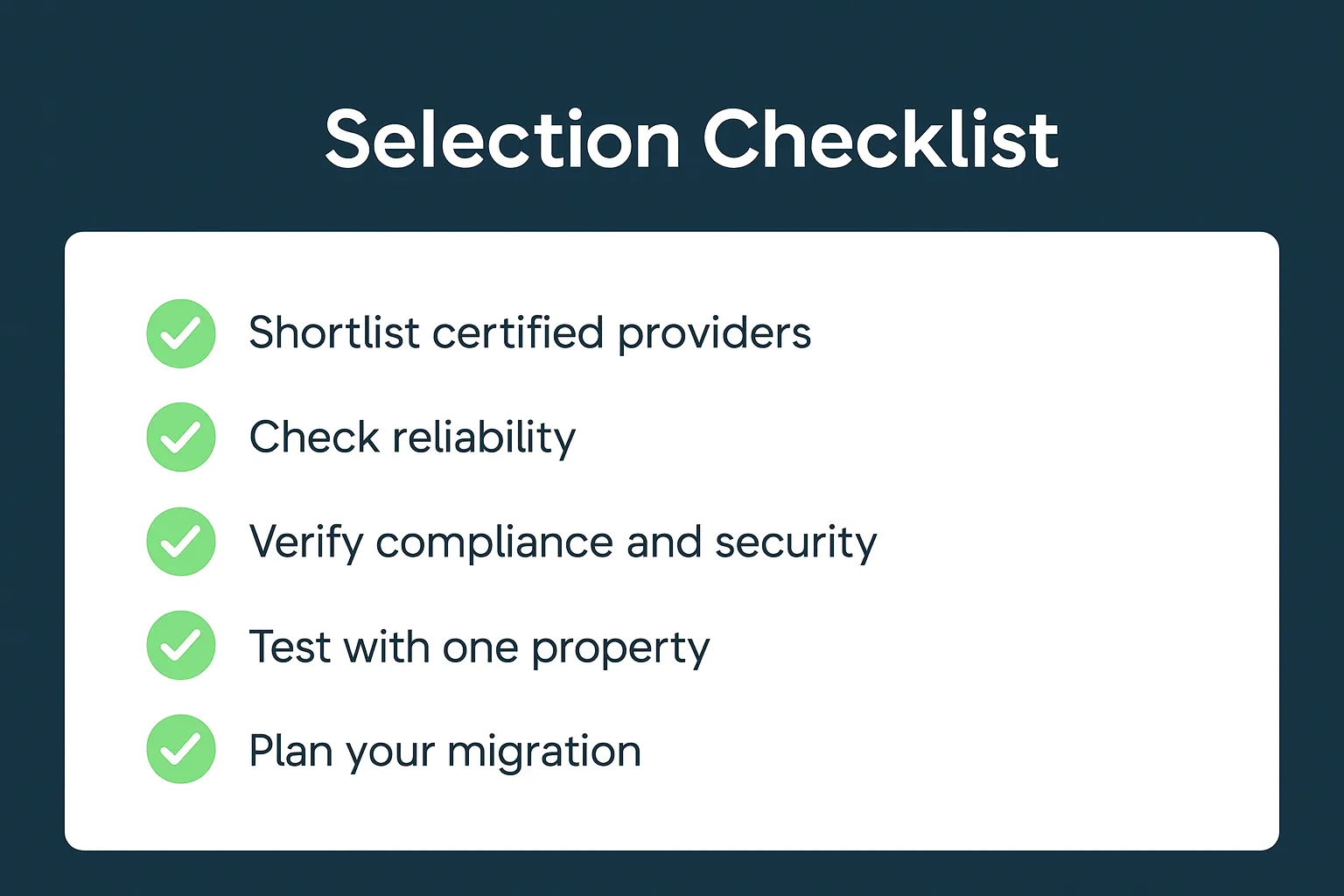
- Shortlist certified providers. Choose vendors with Airbnb Preferred or Preferred Plus status, Booking.com Premier Connectivity, and Vrbo/Stayz Elite credentials.
- Check reliability. Look for uptime above 99.9% and AEST-based support hours.
- Verify compliance and security. Ensure multi-factor login, role-based access, audit logs, and Privacy Act compliance with breach notifications.
- Test with one property. Run a 14–30-day trial using your existing Airbnb/Booking.com/Stayz listing IDs (never create duplicates). Check rates, availability, messages, fees, taxes and payouts sync correctly.
- Plan your migration. Pick a low-demand mid-week cutover, import future bookings, then briefly close calendars while activating API connections. Confirm all future reservations carry over accurately.
MadeComfy’s onboarding process uses a structured, audited handover to prevent lost bookings or double-ups—ideal if you’re migrating from a manual or iCal-based setup.
Portfolio Scenarios: 1, 3–10 and 10+ Properties
1 property: A simple channel manager works if you live nearby and can self-manage compliance. NSW and Byron rules still apply—STRA registration, fire safety and night caps.
3–10 properties: Hybrid setups start making sense. Use a PMS for operations and outsource higher-value or high-friction listings to MadeComfy to maintain service standards and yield. Compliance becomes more complex across councils like Noosa or the Gold Coast, and Victoria’s 7.5% levy adds another administrative layer.
10+ properties: Full-service management wins. Multi-state portfolios face varying council rules, trust account laws, levies and STRA conditions. At this scale, MadeComfy’s systems—dynamic pricing, national operations, 24/7 guest support and local compliance management—protect both income and reputation.
Conclusion: Get a Data-Backed Recommendation for Your Property
Regulations, taxes and caps are tightening across Australia, and platform data now flows directly to the ATO. Staying compliant and competitive requires more than syncing calendars.
Professional management with MadeComfy combines pricing intelligence, OTA distribution, guest support, and full regulatory coverage—backed by national operations and proven occupancy gains.
If you want to know whether you’d benefit most from a channel manager, hybrid setup or full-service management, speak with a MadeComfy expert and get a free short-term rental income estimate tailored to your property and location.


.webp)
.png)
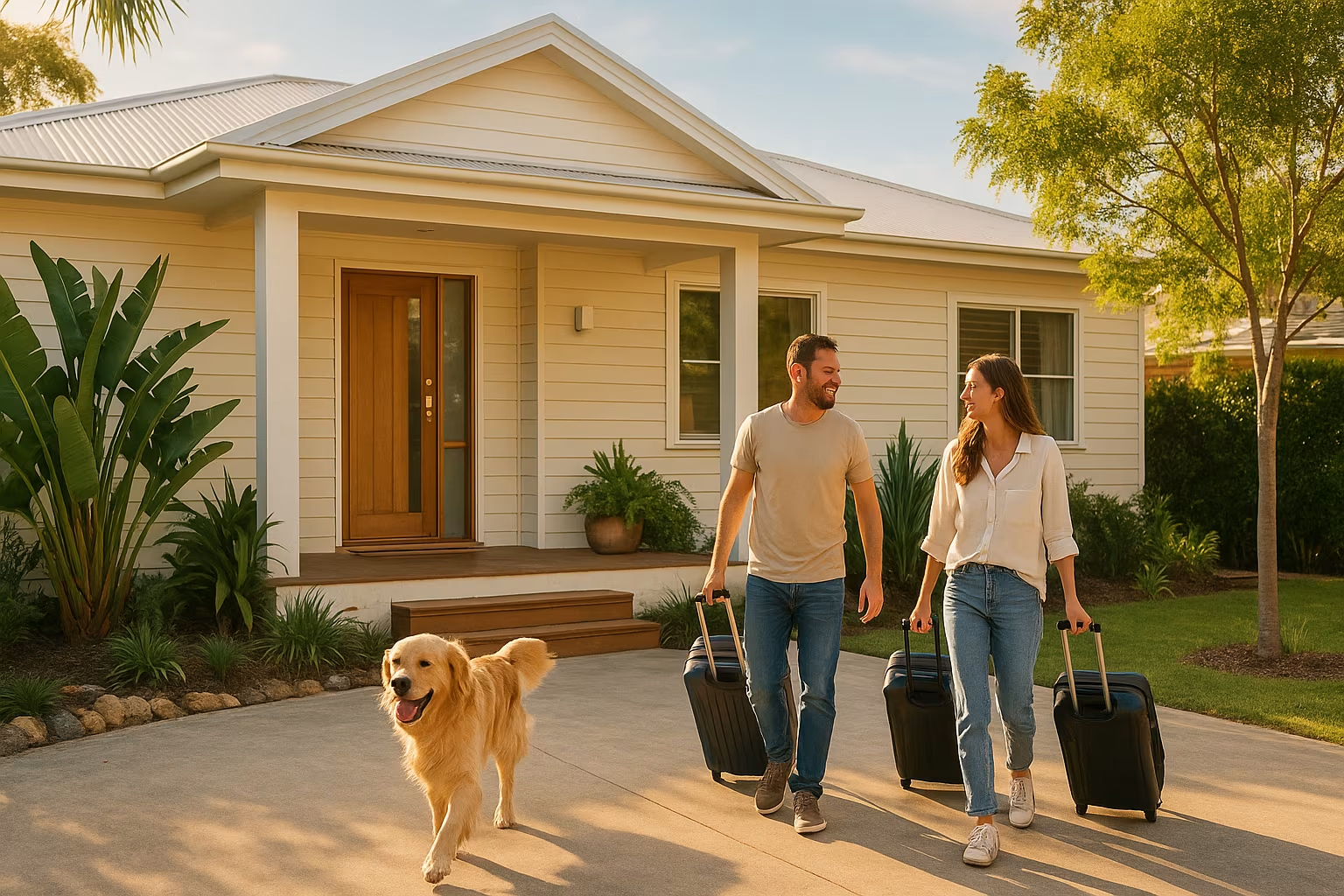
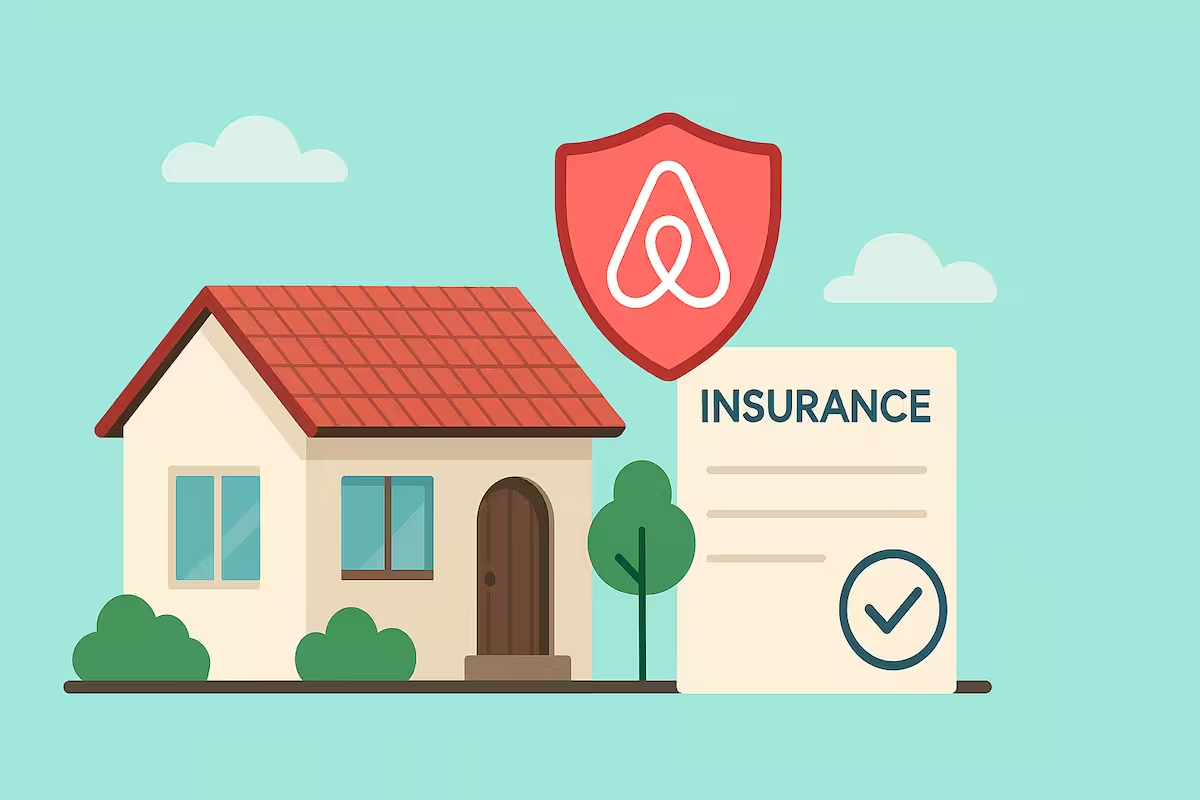


.png)




![[Video] Why is short-term rental the best choice for your property?](https://cdn.prod.website-files.com/62424e2368138bbce27b7ba7/64895ae54325bd7562bd62d8_62e0aeef16206d318472f2fd_46.jpeg)



![How to write the perfect Airbnb listing [Guide]](https://cdn.prod.website-files.com/62424e2368138bbce27b7ba7/64895adb9095455fa4c59e07_62e08c76f7203c3deae22bb0_53.jpeg)

![[Video] Airbnb maintenance for short-term rentals](https://cdn.prod.website-files.com/62424e2368138bbce27b7ba7/64895adcc0a2086ed3dff11a_62de105e132cbef04c318949_70.jpeg)
















![What to offer Airbnb guests - [7 essential tips]](https://cdn.prod.website-files.com/62424e2368138bbce27b7ba7/64be134b0499d4b9ed58a4cd_64a4c32e14f9983555bf52b9_What%2520to%2520offer%2520Guests%2520-%25207%2520essential%2520tips.jpeg)


![[Infographic] Airbnb guest expectations](https://cdn.prod.website-files.com/62424e2368138bbce27b7ba7/64895ae0c0a2086ed3dff469_62d79f3be7b9b7b86e7b6b11_60.jpeg)


.jpeg)





